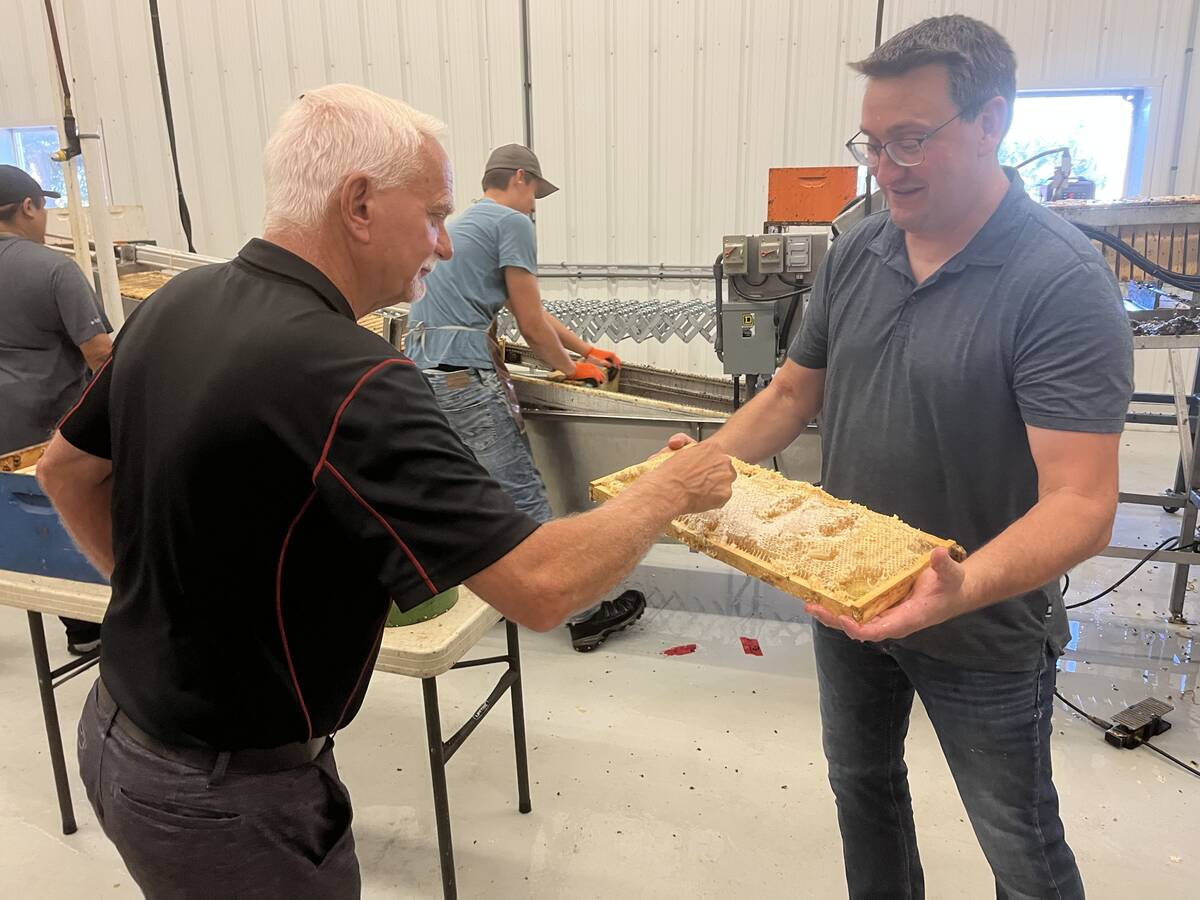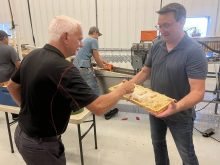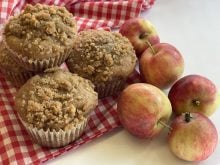March and April are goal months for music students and quilters. The last two weeks of March were busy for many western Saskatchewan music students as they prepared for and played in the Rosetown Music Festival. At the same time our local quilting groups were finishing up projects in time for sales or auctions.
In both instances, during the past several months small goals were set, such as practising a piece four or five times a day or cutting out many quilt blocks. The small daily goals added together through the weeks to achieve the larger goals of learning a musical piece well enough to perform or completing a handmade quilt.
Read Also

Alberta honey business ‘thrives’ despite bumpy beginnings
Thrive Honey showcases its honey production in market where Alberta produces 40 per cent of all honey produced in the country
“Learning to set and achieve short and long-term goals is one of the advantages of music education for children,” said Lana Ramsay, the piano adjudicator for the music festival.
As a parent and piano teacher in the Suzuki approach, she has strong views on the value of music education, both in the school system and through private lessons. Music education develops both the left and right sides of the brain as nothing else can and enhances the development of memory skills, she said. Music develops the discipline for daily practising, the appreciation of music and the lifelong creative outlet for expression.
Ramsay repeatedly told students participating in the festival how much she appreciated the amount of time and effort each individual had put into learning and preparing their pieces. “Just this made them winners” because they had set a goal for themselves and achieved it. Because music learning is a slow process, to get the basics established, she would like to see non-competitive classes with participation certificates for all children eight years old and under. She feels the competitive atmosphere can discourage children before they are able to enjoy their accomplishments.
However, music festivals do provide an opportunity for students to hear many different types of music and the adjudicator often reinforces what the teacher has been saying. It provides fresh ideas for the teachers. Ramsay also emphasized the importance of family support.
“Most kids like to play but they don’t like to practise, therefore it is the parents’ responsibility to make the decisions about their child’s music education,” especially for young teenagers. “They don’t know what they have achieved and what they are throwing away if they quit at that age.”
Recycling donations
The Elrose Health Care Auxiliary and the Herschel Quilting and Recycling group share a common goal of taking used clothing and donated yard goods and turning them into quilts. Members of the Elrose Auxiliary set up their quilting at the lodge so they can visit with the residents and encourage those who would like to help with the quilts. Last year they auctioned 26 quilts to raise $3,600 for the purchase of equipment such as pillows and an ear thermometer.
The Herschel group has evolved through the years to meet the needs of community churches as well as providing a creative and social outlet for the women of this community. Over 1,765 volunteer hours went into the making of the 75 quilts it has sewn since January. Half of the quilts will be donated to the Mennonite Central Committee to be shipped overseas for distribution in developing countries. Many of these quilts are made with no batting, to be lightweight covers, for use in tropical countries. The others were sold at the group’s annual tea. This money will be donated to the United Church Mission and Service Fund.
To cover rent and material costs, three unique quilts were sold by secret auction. One in particular displayed an example of small goals being accomplished and then accumulated to attain a larger goal. Each volunteer took one denim square and appliqued a design of their own creation. The designs included various textures of materials, buttons, bows, lace trims and crochet doilies. The 40 blocks were then sewn together with denim strips, to form a frame for each creation. Crochet cotton ties were added along the framing strip to complete this truly unique and creative display quilt.
Quilt tying tips
Did you know that you don’t tie the ties? The Herschel ladies use crochet cotton to tie their quilts because wool deteriorates in the tropics. They make a tie by stitching through the quilt to the bottom and then back to the top, leaving a 1Ú2 inch (one centimetre) tail. Repeat the stitch through the same holes a second time. Holding onto both ends, pull the thread snug, then clip the threads and you have a tie that won’t come undone.
Special raisins
Dear TEAM: I’m looking for a recipe to make yogurt-covered raisins, such as you can buy in package or bulk. Can you help me? – A.A., Sylvan Lake, Alta.
Dear A.A.: I contacted the Dairy Foundations, National Institute of Nutrition and the Canadian Living Test Kitchens and we all concluded that to make a yogurt covering for raisins at home is not practical. Yogurt is a perishable food that requires refrigeration. To stabilize it you would need to add preservatives and then possibly wax or honey to make it stick to the raisin.
As raisins are not considered a great snack, because they stick to the teeth, I would like to suggest that if you like the yogurt and raisin taste combination, add your own raisins to a bowl of yogurt for a dessert treat. Or buy a box for an occasional snack. Nutritionists whom I talked to questioned the actual yogurt content in the coating; the real nutrient benefit would be in the raisin, not the yogurt.
Music festival cookbook
While attending the music festival I picked up a copy of Favorite Festival Foods, A Collection of Recipes from Community Arts Festivals Across Canada. This cookbook was compiled as a fundraising project for the Federation of Canadian Music Festivals.
The recipes in this book have been contributed by more than 100 festivals across the country and by well-known Canadian artists. Ashley MacIsaac, Fred Penner and Heather Rankin of the Rankin family are three of the artists profiled in the book. I found it to be a great collection of many of my favorite recipes along with some wonderful new seafood and ethnic recipes. Ugandan Peanut Butter Stew, Brazilian Beef Steak and Kifle (a Hungarian pastry) are three that I am looking forward to trying.
To order a copy, contact your local festival or The Associated Manitoba Arts Festival, 424 – 100 Arthur Street, Winnipeg, Man., R3B IH3, 204-945-4578 or fax 204-948-2073. The books are $10 plus shipping.
















